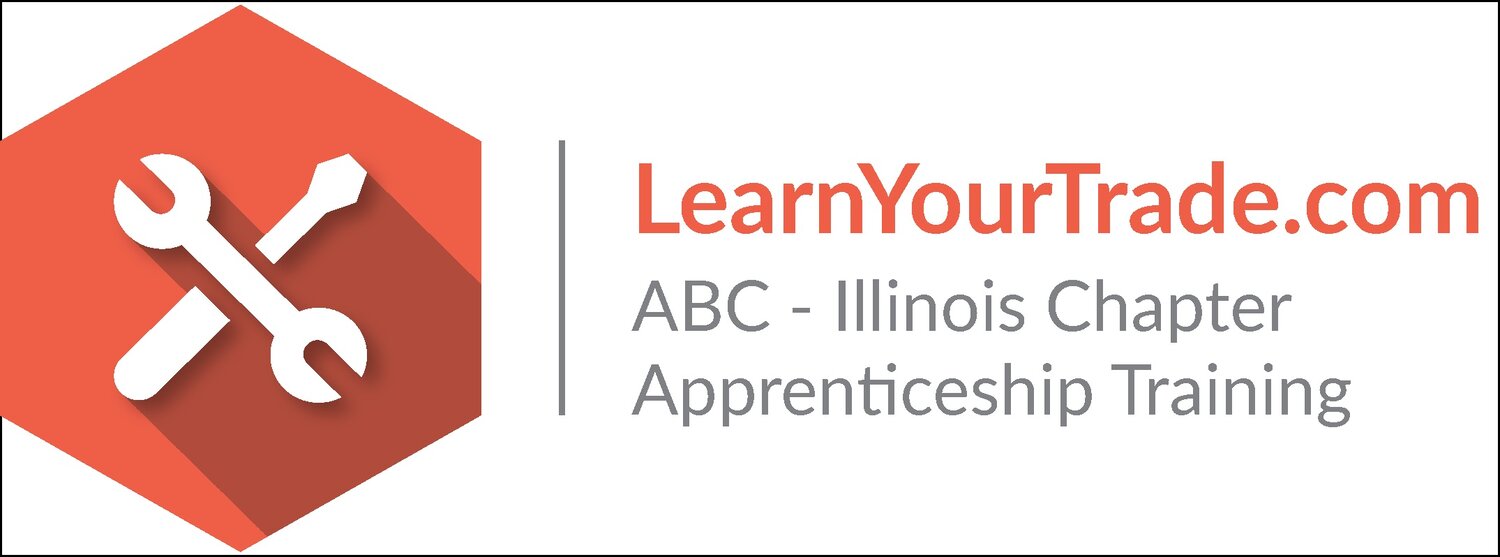
HVAC
The increasing development of HVAC (heating and air-conditioning systems) technology causes employers to recognize the importance of continuous education and keeping up to speed with the latest equipment and skills. Hence, technical school training or apprenticeship programs often provide an advantage and a higher qualification for employment.
Core
Core curriculum is designed as a rigorous, competency-based program for career and technical education. Core is a prerequisite to all other Level 1 craft curriculum. Completing this curriculum gives the trainee the basic skills needed to continue education in any craft area he or she chooses.
-
Explains the safety obligations of workers, supervisors, and managers to ensure a safe workplace. Discusses the causes and results of accidents and he dangers of rationalizing risk. Reviews the role of company policies and OSHA regulations in maintaining a safe workplace. Introduces common jobsite hazards and protections such as lockout/tagout, personal protective equipment (PPE), and HazCom.
-
Reviews basic mathematical functions such as adding, subtracting, dividing, and multiplying whole numbers, fractions, and decimals, and explains their applications to the construction trades. Explains decimal-fraction conversions and the metric system using practical examples. Also reviews basic geometry as applied to common shapes and forms.
-
Introduces trainees to hand tools that are widely used in the construction industry, such as hammers, saws, levels, pullers, vises, and clamps. Explains the specific applications of each tool and shows how to use them properly. Also discusses important safety and maintenance issues related to hand tools.
Provides detail descriptions of commonly used power tools such as drills, saws, grinders, and sanders. Reviews applications, proper use, safety, and maintenance. Many illustrations show power tools used in on-the-job settings.
-
Explains how ropes, chains, hoists, loaders, and cranes are used to move material and equipment from location to another on a job site. Describes inspection techniques and load-handling safety practices. Also reviews American National Standards Institute (ANSI) hand signals.
-
Recognizing hazards associated with materials handling and explains proper materials handling techniques and procedures. Also introduces materials handling equipment, and identifies appropriate equipment for common jobsite tasks.
-
Identifies the roles of individuals and companies in the construction industry. Introduces trainees to critical thinking, problem solving skills, computer systems, and their industry applications. Also reviews effective relationship skills, effective self-presentation, and key workplace issues such as sexual harassment, stress, and substance abuse.
Provides trainees with techniques for communicating effectively with co-workers and supervisors. Includes practical examples that emphasize the importance of verbal and written information and instructions on the job. Also discusses effective telephone and e-mail communication skills.Item description
-
Familiarizes trainees with basic blueprint terms, components, and symbols. Explains the different types of blueprint drawings (civil, architectural, structural, mechanical, plumbing/piping, and electrical) and instructs the trainees on how to interpret and use drawing dimensions.
Level One
Key content includes: Introduction to HVAC, Trade Mathematics, Basic Electricity, Introduction to Heating, Introduction to Cooling, Introduction to Air Distribution Systems, Basic Copper and Plastic Piping Practices, Soldering and Brazing, and Basic Carbon Steel Piping Practices.
Level Two
Key content includes: Alternating current, Compressors, Refrigerants and Oils, Leak Detection Evacuation Recovery and Charging, Metering Devices, Heat Pumps, Basic Maintenance, Chimneys Vents and Flues, Sheet Metal Duct Systems, Fiberglass and Fabric Duct Systems, Commercial Airside Systems, Air quality Equipment, and Introduction to Hydronic Systems.
Level Three
Key content includes: Fasteners, Hardware and Wiring Terminations, Control Circuit and Motor Troubleshooting, Troubleshooting Cooling, Troubleshooting Heat Pumps, Troubleshooting Gas Heating, Troubleshooting Oil Heating, Troubleshooting Accessories, Zoning, Ductless, and Variable Refrigerant Flow Systems, Commercial Hydronic Systems, Steam Systems, Retail Refrigeration Systems, and Customer Relations.
Level Four
Key content includes: Water Treatment, Indoor Air Quality, Energy Conservation Equipment, Building Management Systems, System Air Balancing, Construction Drawings and Specifications, Heating and Cooling System Design, Commercial and Industrial Refrigeration Systems, Alternative and Specialized Heating and Cooling Systems, and Fundamentals of Crew Leadership.

